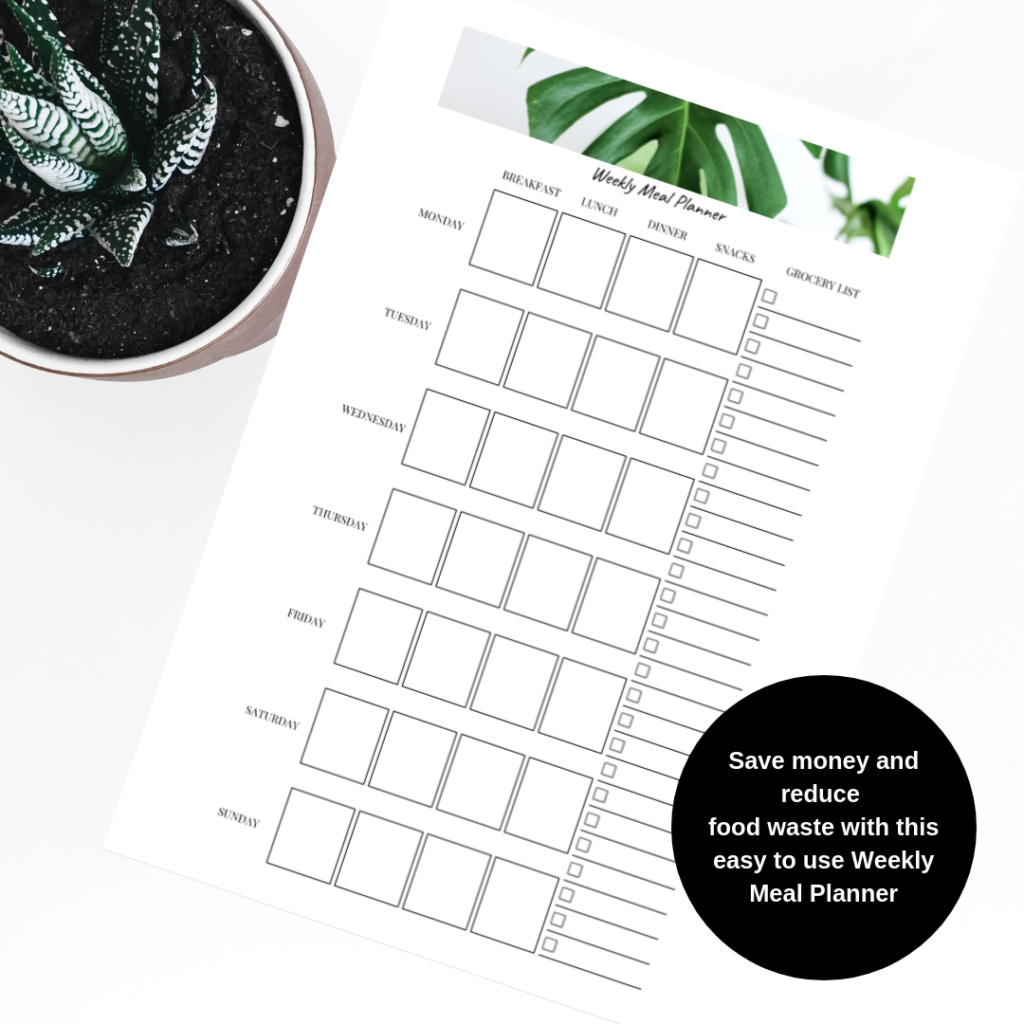Today I wanted to share with you my My Top 5 Personal Financie Books. I am a huge fan of reading and although I don’t get a lot of time to catch up on my wish list of books to read I do try and get around to reading one book every month. It’s not a huge number and nothing to brag about (I’ve seen some people on Insta do 12 a month… WHAAAAT) but I do make an effort to learn and grow and one of the best ways I have found to do that is to read a lot of different books.
Over the past handful of years and as I discovered new passions like Simple Living and the F.I.R.E movement, I have come across many amazingly educational and helpful books across many topics ares: Minimalism, Finance, Consumerism, Millionaires and Simple Living to name a few of my favourite subject areas. As an Accountant and CPA it wouldn’t come across all that strange for me to love reading about Personal Finance but I think there are so many amazing books out there now that anyone can learn from and enjoy and I promise you they will not put you to sleep. Far from it, I think they will do wonders to motivate you to pay down debt, develop new spending behaviours and learn about the big world of personal finance without having to take a three or more year degree.
And so here I will share My Top 5 Personal Finance Books with you in the hope that they will add value to your life and inspire new habits and help you on a path to financial freedom and building wealth!
**This post contains affiliate links. If you make a purchase of a product from the links in this post I will receive a small commission, at no cost to you. This allows me to keep my blog advertisement free and support the running costs of my blog. I only recommend products I believe will add value to others and that I love myself.**
My Top Five Personal Finance Books
5. I Will Teach You to Be Rich, Remit Sethi
I am a huge fan of Remit’s after a friend recommended me his material and loved his in your face attitude and unapologetic views on spending in his Book I Will Teach You To Be Rich. He goes as far as having a Stupid Mistakes Fund for unexpected expenses like fines and explains how you can prepare for big life expenses like weddings by thinking well ahead and saving up over the longer-term. He delves into his investment choices and why he believes index funds outperform their higher fee counterparts. And gives valuable advice on how to haggle on cars and other big purchases ‘like an Indian’ without wasting your time. If you’re someone who prefers a less prescriptive finance guru who doesn’t spout cut up your credit cards and count every last cent and someone who has a bigger picture approach to finances that won’t make you cut out your daily coffee, this book is for you.
4. The Millionaire Next Door, William D. Danko
Like most people, I am fairly fascinated by millionaires so when Mr J. Money at Budgetsaresexy.com recommended this one I had to satisfy my curiosity – How do Millionaire’s live (do they know things let’s find out – Bojack Horseman anyone ;))? Don’t we all want to know that?
This book was based around research conducted over 20 years about the spending habits of millionaires from their car buying habits, where they live, how they invest, what they wear and so on. It also delves into ‘entitlement syndrome’ and how to raise self-sufficient kids who don’t expect everything handed to them on a platter from the bank of Mum and Dad. Great for any Mum’s and Dad’s out there!
It also details the spending habits of PAWS and UAWs (Underaccumulators of Wealth) and the difference in their spending behaviour. If you are keen to achieve millionaire status, or just are a little curious about how your undercover millionaire lives their life check out The Millionaire Next Door.
3. Your Money Or Your Life: 9 Steps to Transforming Your Relationship with Money and Achieving Financial Independence: Fully Revised and Updated for 2018, Vicki Robin and Joe Dominguez
This was the book I was looking for my whole life, and I only just finished listening to it THIS MORNING. I heard Mr Money Moustache mention it as a top recommendation a few years back but it took me this long to get a copy and read it. But it was well worth the wait.
Your Money or Your Life was originally published in 1992 but was re-released in 2008 and 2018 with the addition of a foreward by none other than Mr Money Moustache himself, to be more relevant to today’s financial climate. If you are a finance nerd who loves spread sheeting, tracking every dollar and aspire to F.I.R.E. (Financial Independence, Retire Early) this is a book that can give you a thorough plan.
It’s based around the 9 steps Vicki and Joe used to become financially independent and the concept of trading your life energy for money. And has some amazing crossover if you love topics on Minimalism, Side Hustling and Frugality. This book touches on everything you can think of: how to invest your money, aligning your values with career and investing, ways to save money and live a more meaningful life and earning more. It provides you with the tools to track your income vs expenditure and your passive income as well as calculating your Net Worth.
If you are keen to make your money work for you and get your time back and want to get even nerdier with your budgeting approach and learn about investing this book is a great place to start.
2. The Total Money Makeover, Dave Ramsey
I first heard of this book about three years ago now and was the first personal finance book I read on my finance book binge. As I read it something just clicked inside of me, as if Dave was saying the words I had been thinking all along – I hate debt and I want out! His reference to #gazelleintensity just described my attitude to debt in a matter of two words – RUN FOR YOUR LIFE.
The Total Money Make Over is based on the 7 Baby Steps and give a clear cut plan on how to get out of consumer and mortgage debt and build wealth. If you are sick of living week to week and can’t take the stress of another financial emergency this book could seriously change your life.
Dave has some amazing principles on spending and approaching debt that can unwind you from even the most stressful financial situations without the need for bankruptcy but definitely with a bit of sacrifice – on a rice and beans level. If you are sick of debt please read this book today, you won’t be able to put it down.
1. The Barefoot Investor, Scott Pape
As an Aussie lover of finance, there was no way I could look past our own homegrown finance guru Scott Pape with his recent book The Barefoot Investor The Only Money Guide You Will Ever Need. If you want a finance book which won’t bore you and that can get your partner involved in the conversation this is it! The Barefoot Investor is based around Date Nights with your partner where you tackle different financial areas from Health Insurance, Superannuation, your Mortgage, growing your Wealth and Retirement.
A great one for people who get the chills thinking about budgeting, Scott’s bucket system is simple and easily implemented by even the most novice people. If you are an Aussie as well you can’t go past a recent book that focuses on the Australian related finance space and there is not one 401k or Roth IRA section for you to skip over 😉
And there you have it guys My Top Five Personal Finance Books to get you started on your #debtfreejourney and path to building wealth!
What are your favourite Personal Finance Books? Let me know in the comments, I am always keen for new recommendations! 🙂
[Photo: Sharon Mccutcheon @ Unsplash.com]
If you found value in this post I would be super appreciative if you could share it with others who might also find value in it 🙂
![]()









